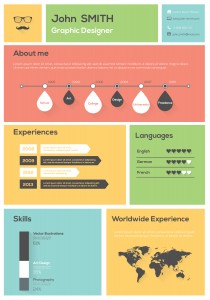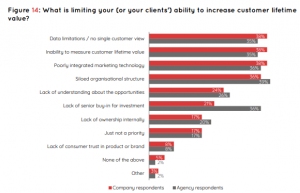— August 17, 2017

Free-Photos / Pixabay
Recently, a good friend, who’s a senior manager in a Sales Automation Tools company, asked me for help. When he posed his request, I was puzzled, I responded, “John (that’s not John’s real name), isn’t that what your solution is supposed to help your customers do?”
While it seems obvious, that was a bit of an “Aha” moment for John.
Before, I go further, John is really an outstanding executive and his company has truly outstanding tools. But the simple question I had asked got John to thinking more deeply. While the solution his team sells is very broad in scope, it had some deficiencies in doing what John and hos team were trying to do. However, this area was a major part of their marketing and sales messaging.
After discussing the challenge a little, John said, “If we are struggling to get what we need, imagine what our customers face……”
John’s discovery was important to the company. They realized if they couldn’t get what they needed from the tool, it was a major problem for their customers–but alson a great opportunity if they could fix it.
I am amazed how many organizations selling sales, marketing, or customer experience tools or services, actually aren’t using the very tools they are selling.
My favorites are the marketing automation vendors. They provide great tools for segmenting, personalizing, targeting, customers, as well as ways to refine future communications/content based on actions the recipients have taken and their scoring algorithms. While their tool provides huge capability to the customer, supposedly improving response rates, engagement, and so forth—too often, they blast the same messages to everyone–never targeted, never personalized/researched, never segmented. It’s just easier to send the same thing to 10’s of thousands rather than to use their tool to refine and target the audience. And when that mailing of 10 thousand doesn’t produce results, they double down, sending 20 thousand the next time. It seems their approach to marketing would argue against the use of their products. Afterall, you can do what they are executing, I suppose as best practice, with a simple mail manager.
Likewise, for many of the services or training companies–never using what the espouse in their own marketing and sales approaches. (August 18, 2017), I was speaking with a friend who owns a marketing agency. We were commiserating about the bad practices in “influencer marketing” in her profession. For example, I suppose, because I write a blog, that I may be considered an influencer, but I don’t know why someone thinks I should interview the CEO of a new Pet Food start up about innovations in pet nutrition—please send me a note if you want that kind of content here. One would think these marketing professionals would understand concepts like targeting and segmentation. Perhaps one might think they would eat their own dog food. (Did I really write that?)
There’s a broader opportunity for all of us in looking at how we market, sell, and support our products/services. How would you respond if you were the victim–I mean recipient–of your company’s own marketing, sales, and customer service initiatives. Would you Spam the emails you get? Would you not pick up the prospecting calls? Would you get pissed off with not being able to get support easily?
In retail, there’s a concept of mystery shopping. Stores hire people to visit there locations and report on their experience.
It’s an important concept. We should find ways of seeing our customers’ experiences of our marketing and sales initiatives through their eyes. In doing this, we need to put away our biases for our companies, products, and services; assessing what we inflict on our customers and prospects.
Perhaps if we could really understand things from their side of the desk, we could improve our impact and effectiveness.
I suppose it’s called being empathetic……
Business & Finance Articles on Business 2 Community
(75)







